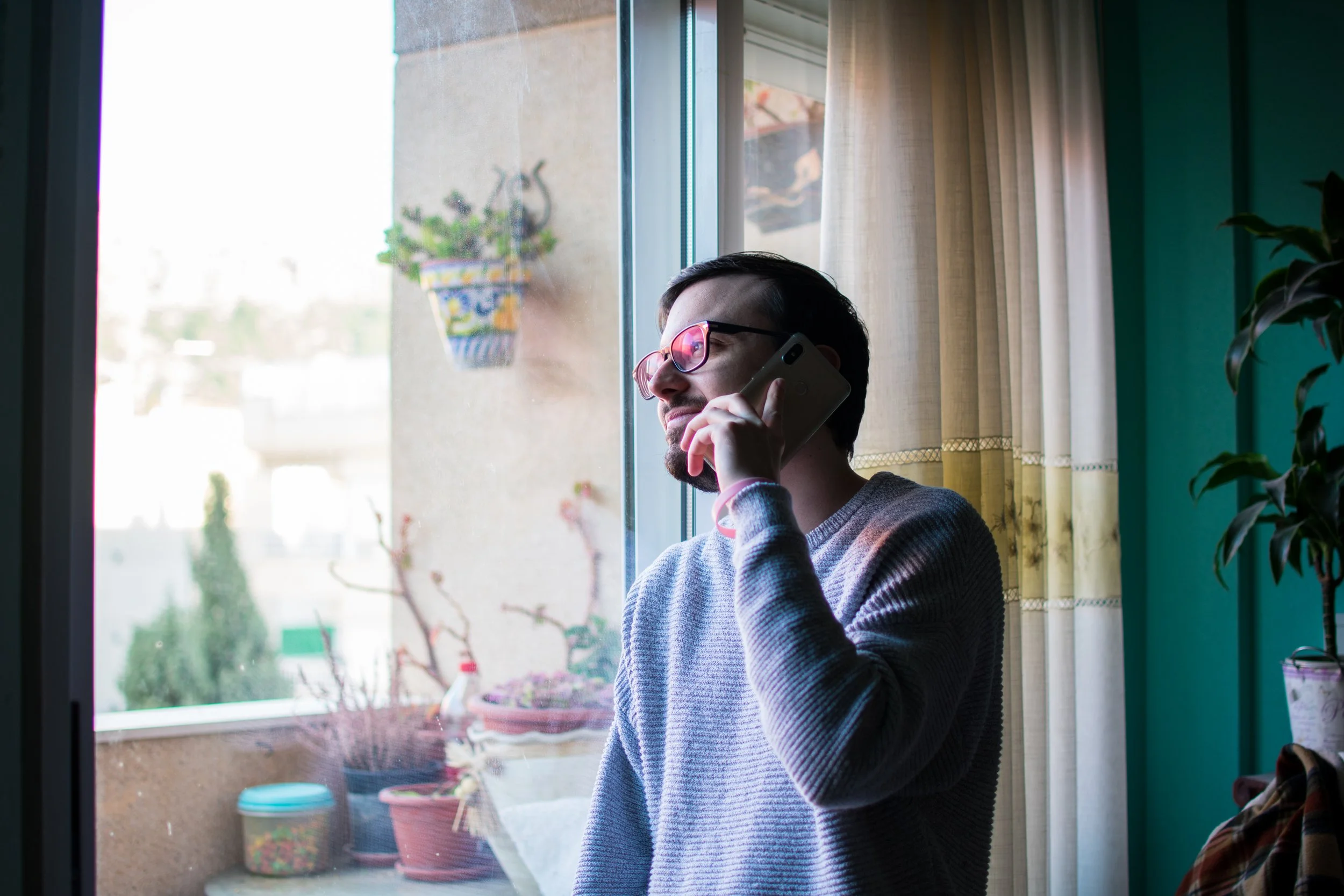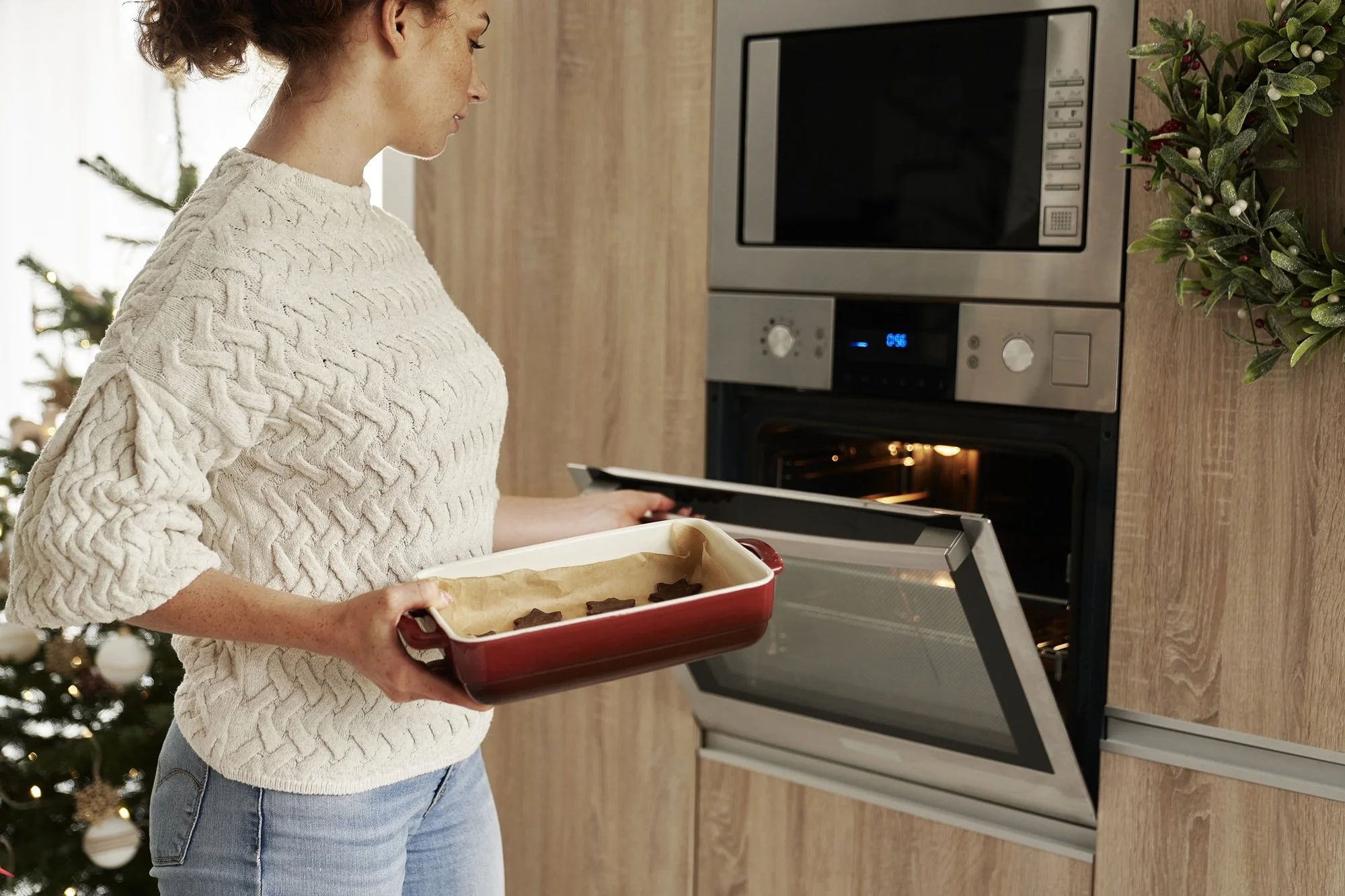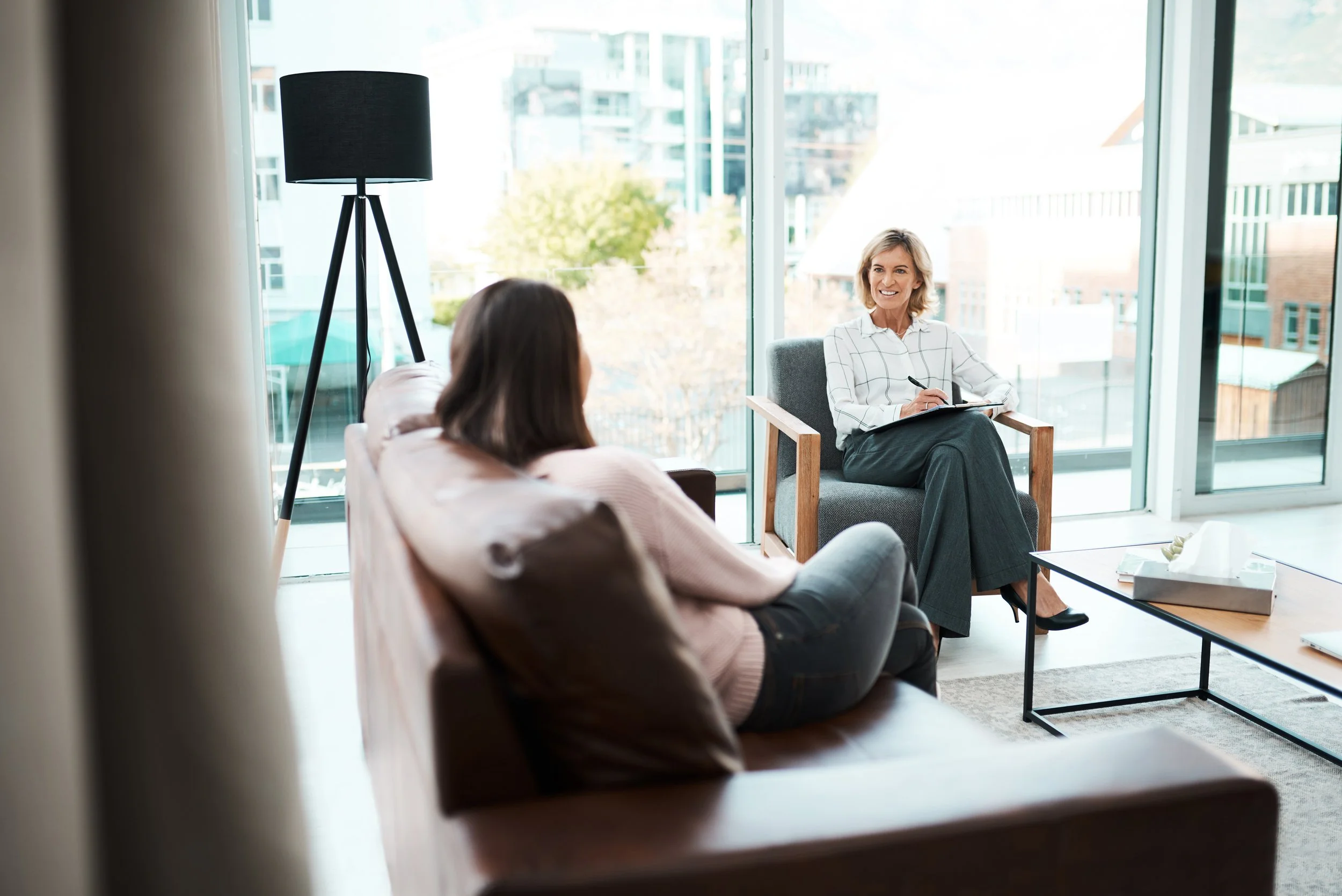Anxiety by Any Other Name: Understanding the Many Faces of Stress
As you hang up the phone after another long talk with a friend who is working through their fear of driving, you feel relieved you don’t have anxiety issues like that.
Sure, the stress from work is keeping your stomach in knots all day and keeping you from eating, and you jump when you hear a phone ring or an email alert. And yeah, you aren’t great at relaxing, but who can unwind when you have so much on your mind all the time? Then there’s the sleep issues, but who doesn’t have insomnia and racing thoughts about the conversation you had last week with your mother, right?
That’s not anxiety, right?
Anxiety can look different for different people
We have many names for what ultimately boils down to “struggling with anxiety” because people’s experience with anxiety varies greatly. Your personality, culture, age, race, sex, genetics, and upbringing can all play a part in how anxiety shows up in your life.
You might not have specific phobias, you might have an easier time with certain things than other anxious people you know, and your anxiety symptoms may look totally different from someone else’s, even if you’re both anxious about the same things.
So what does anxiety look like for you? Take a look at the list below. Do any of these sound familiar? Do any of these experiences make it hard for you to live the kind of life you want?
Types of Anxiety
Phobias are the most common form of anxiety.
The fear from a phobia can be incredibly intense, but it is often disproportionate to the actual threat. Because phobias are so intense, people with phobias often avoid their specific fear triggers, which can make life difficult when the fear involves something like driving, dogs, or enclosed spaces.
Some common phobias include agoraphobia, or the fear of having severe anxiety or panic attacks in specific places, keeping people from going anywhere that doesn’t feel safe (or from feeling safe when alone, even at home!).
Social phobias, more commonly known as social anxiety or performance anxiety, lead to extreme stress around social interactions, holding people back from making connections and pursuing ambitions that would make their lives more fulfilling.
OCD keeps you stuck in anxiety cycles
Obsessive-compulsive disorder (OCD) involves a cycle of anxiety-inducing intrusive thoughts and temporary soothing through compulsive behaviors or thoughts. Intrusive thoughts can take many forms and cover many subjects, so the stereotype of being obsessed with cleanliness is not accurate for many people with OCD.
Generalized anxiety and panic attacks can hijack your life
Generalized anxiety disorders result in anxiety being a low-level (or sometimes high-level) presence in your life most of the time. This can be draining and make life much harder, but it can also make anxiety harder to spot. When something like anxiety is constant, you can forget that life can be lived without an ongoing background of fear, worry, racing thoughts, digestive issues, pounding heart, and that sinking feeling.
Panic attacks can start when anxiety hits a crisis point in your mind and body. They are the result of a total physical and mental overwhelm in the face of an anxiety trigger, causing symptoms such as feeling faint, chest pain, face and hand numbness, feelings of doom or terror, loss of vision, trouble breathing, feeling nauseated, and more.
Unhelpful coping with anxiety can take many forms, and they all make life harder for you
Anxiety symptoms impact both your body and mind, and people with anxiety disorders will rearrange their life and alter their behavior significantly in an attempt to get relief from anxiety. Some examples include:
Avoidance is one of the most common anxiety symptoms. Avoiding people, places, things, and activities that feel too stressful, scary, or overwhelming to deal with is a common approach to trying to manage an anxiety disorder on your own.
Dissociation, or the experience of not being fully conscious of the present moment, is a common anxiety response and can look like incessant scrolling on your phone, an inability to start or finish tasks, forgetting things constantly, being unable to make choices, feeling detached from emotions or experiences, or feeling like you’re observing your life instead of participating in it.
Freezing is another common anxiety symptom, and can look like losing the ability to speak, being unable to remember things, being unable to make decisions or start tasks, and losing all motivation. On the other hand, anxiety can also amplify your distress. Perfectionism, rumination, anger issues, mood swings, restlessness, and insomnia can all point to anxiety issues for many people.
Anxiety management therapy can help you take back your life
Because a wide variety of people struggle with anxiety, mental health professionals have developed multiple approaches to anxiety treatment. There’s no one-size-fits-all anxiety therapy out there, and I, like many therapists, combine multiple therapy approaches, creating an anxiety treatment plan that suits your unique personality, background, experiences, and goals.
Solution-focused therapy helps you change how anxiety impacts your life
Anxiety can rob you of hope and push you to abandon your values and goals, derailing your life through hypervigilance, racing thoughts, worries, and “what if”s.
Solution-focused therapy (SFT) reconnects you to your hopes and dreams by asking you what you want your life to look like and what kind of person you want to be. From there, you and your therapist will create a plan for change. Small steps will turn into big leaps, until eventually, anxiety doesn’t direct your life; you do.
Cognitive behavioral therapy empowers you even at your most anxious
Anxious thoughts often involve logic leaps, taking you from a reasonable idea to panic-inducing fear of what’s possible. That fear can then lead you to unhelpful behaviors, such as avoidance, compulsions, ruminating, lashing out, freezing, or panic.
Cognitive behavior therapy (CBT) encourages you to challenge distorted anxious thoughts and the behaviors they push you into. Your therapist will guide you on how to stick to the facts when anxiety tries to rewrite the story, and you’ll start to face your fears while using cognitive and somatic tools to calm your body and mind. With time, anxiety won’t have the same influence on your thoughts and behavior, and you can live your life on your own terms.
Narrative therapy hands your story, and your truth, back to you
Anxiety can bring up a lot of negative self-beliefs and can lead to unhealthy and even destructive behaviors. Your thoughts and feelings, and the things they push you to do, can start to seem like a reflection of who you are, deep down.
Narrative therapy helps you view yourself and your anxiety from a different perspective. In narrative therapy, your therapist will help you understand that your negative thoughts and disruptive behaviors aren’t the core of who you are. You’ll develop a sense of self that recognizes the difference between mistakes and malice, and by rewriting your story with acceptance, self-forgiveness, and accountability, you’ll equip yourself to take a different, less-anxious approach to your future.
EMDR anxiety therapy digs into the roots of anxiety, offering relief
Unprocessed trauma can drag our minds back to the anxiety of painful experiences, causing us to re-experience the trauma over and over. For many people, addressing unresolved trauma can go a long way toward reducing anxiety symptoms.
Eye movement desensitizing and reprocessing, or EMDR, is a trauma therapy that combines introspection on a traumatic experience, reflecting on the feelings and beliefs the experience brings up, bilateral eye movement, incorporating positive beliefs, and reframing your perspective on the experience to better reflect who you are and where you are in life right now.
EMDR helps you get unstuck from the anxiety of past experiences and the negative beliefs they instilled in you, letting you change how you relate to your memories and helping you reconnect your mind back to here and now, even when painful memories are triggered.
What about medication management for anxiety?
For some people, the physical and mental symptoms of anxiety disorders are so overwhelming that it can be hard to make progress with therapy alone. Therapy combined with psychiatric medication, such as antidepressants, anxiolytics, mood stabilizers, or antipsychotics, can reduce symptoms enough to allow you to make the changes needed to further reduce how anxiety impacts your life.
Mental health medications often have side effects, and it can take time to find the right fit in terms of medication and dosage, so it’s important to work with a therapist to monitor your mental health while you are using psychiatric medication. If you’re curious about starting medication for anxiety, your therapist or doctor can help you connect with a provider who can perform a psychiatric evaluation, provide you with a diagnosis, and create a medication plan for you.
Aside from therapy, what can you do when you’re struggling with anxiety?
Therapy is one of the most effective ways to deal with anxiety, but there are also things you can do on your own, or with friends or family, to reduce your anxiety and live a calmer, more fulfilling life.
Mindfulness and grounding exercises
Mindfulness involves any activity or thought process where you direct your attention to the current moment. Mindfulness can include focusing on what’s happening around you, what your body is doing, and even observing the thoughts and feelings in your mind (without labeling them as “good” or “bad”, they simply are). The fears of the future, worries about the past, and all the “what ifs” that anxiety brings to mind aren’t part of the present moment, and they shrink in importance when you redirect your attention to what’s happening in the here and now.
Mindfulness activities include:
Yoga
Breathwork/breathing exercises
Meditation
Visualization
A gratitude practice
Body scanning
Binaural music
Coloring
Engaging your senses
You don’t have to do specific mindfulness activities either. When you’re doing an everyday task or chore, focus your attention on what you’re doing. Pay attention to the sights, sounds, smells, and feel of what you’re doing. Notice how your body feels in the moment, and what thoughts come to mind. Let those thoughts and feelings show up as they please, and drift out of your mind when they are ready to. This kind of everyday mindfulness can help you protect your peace when anxiety is trying to monopolize your attention.
Spending time with friends and family
Time with people who care about you and support you has been shown to be a powerful tool for reducing the influence anxiety has on your life. When you spend time in spaces where you feel accepted and cared for, your stress lowers, your mood improves, you remind yourself that you have someone who can help you when you have a problem, you get to have fun, and you also get to spend time with someone whose calmness, support, and love helps you calm down and see better ways to cope.
Exercise and nutrition
Getting some exercise, especially aerobic exercise, aka cardio, has been proven to help reduce anxiety. Exercise reduces muscle tension that comes with anxiety, and changes your brain chemistry in ways that help protect you against anxiety symptoms. Dance, walking, bicycling, playing a sport, yoga, qi gong, jogging, and more can all be great ways to have fun, socialize, and reduce your anxiety, all at once.
Anxiety therapy in Coral Springs can help you reclaim your life
If you’ve been reflecting while reading this article and have come to the conclusion that yes, you’re dealing with anxiety issues, you may find yourself wondering, what’s next?
Reach out to me. I’ve helped many people to recognize how anxiety holds them back, and to make real, lasting changes in their mindset and their lives to reduce the hold anxiety has over their lives. No matter what anxiety looks like for you, I know you can change your life, and I’m here to help you figure out how!




